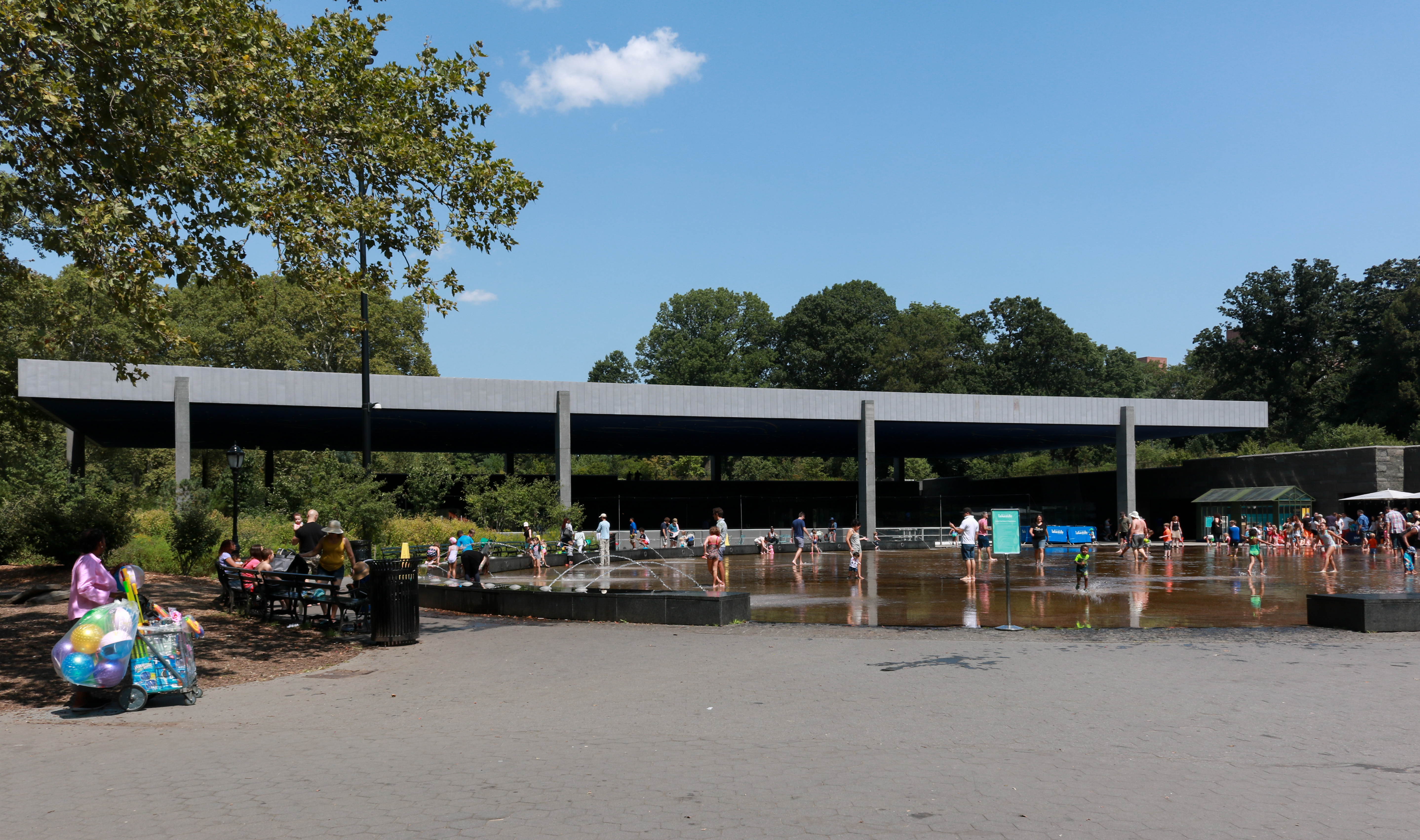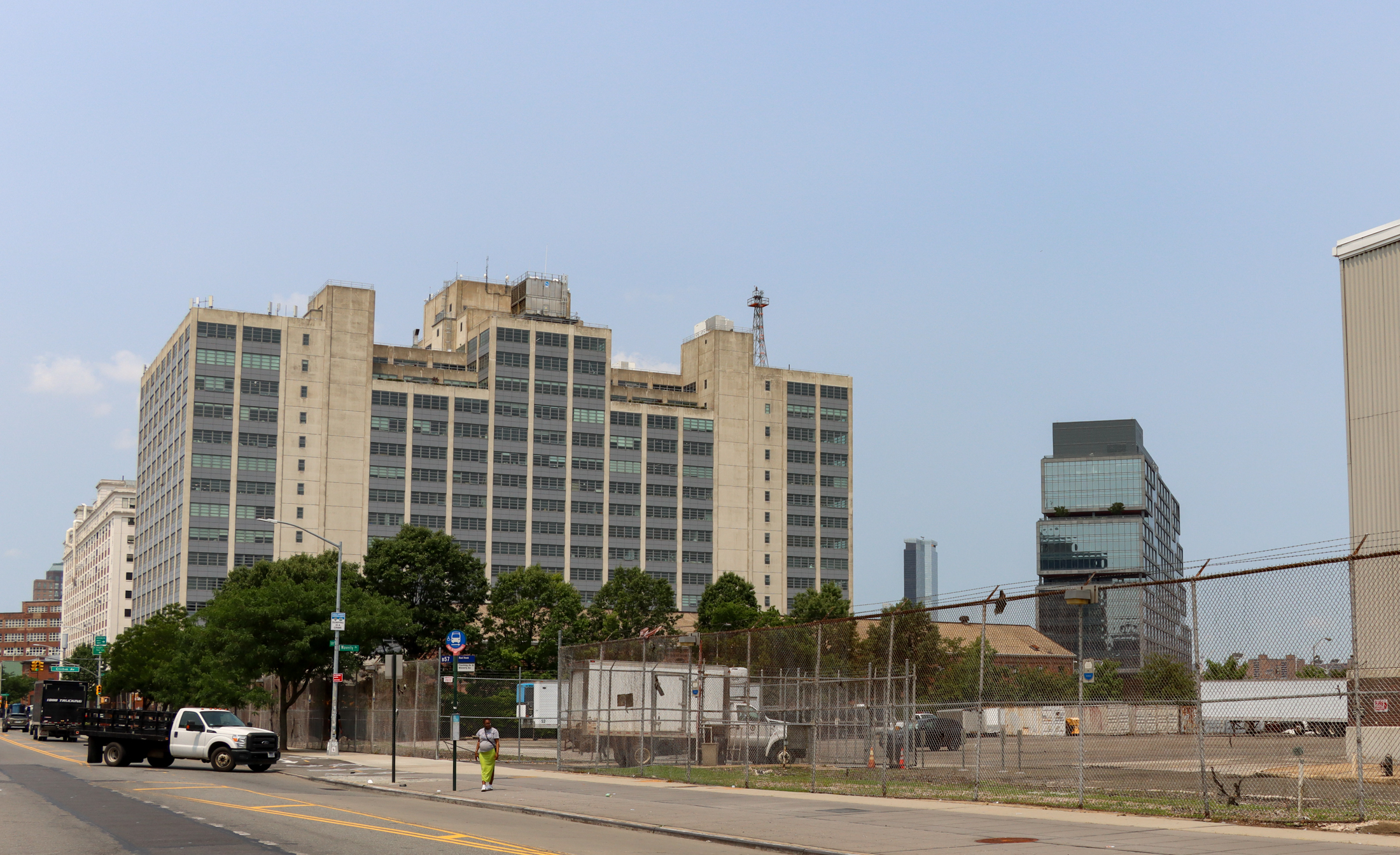An Old Friend and a New Age
The Loose Wiles “thousand windows” Bakery on Thomson Avenue, which serves modernity as Building C of the LaGuardia Community College campus, is about to receive a face lift. It’s an important structure, and not just because it was the largest factory building under one roof in the entire United States when it was built in…


The Loose Wiles “thousand windows” Bakery on Thomson Avenue, which serves modernity as Building C of the LaGuardia Community College campus, is about to receive a face lift. It’s an important structure, and not just because it was the largest factory building under one roof in the entire United States when it was built in 1913 as the centerpiece of the Degnon Terminal. The erection of the building at the start of the 20th century signaled the beginning of an age of large scale manufacturing in Western Queens, and when the Loose Wiles “Sunshine Biscuits” signage came down in the 1980’s – it heralded the end of that era. The IDCNY signage which replaced it in the 1980’s represents the moment when LIC began to transform into its current incarnation – carefully guided by Urban Planners – a process which saw the Citi building rise in the early 1990’s, followed by the residential towers which continue to propagate between the East River and Queens Plaza.
LaGuardia Community College is in the early stages of a facelift for the century old building, which will alter its appearance and once again change the signage adorning it. It’s the end of the fourth age of LIC, and the beginning of something new.
More after the jump…

LIC’s sleepy colonial era, when it was a collection of small villages and cities that were a part of a municipal entity called Newtown – that’s the first age. From 1870 to 1898, when it was an independent city, is the second. The age of industry, from consolidation into the City of Greater New York until the middle 1960’s was the third. The fourth age of LIC is the period of dereliction, creative reuse, and rebuilding, and that’s the one we’re currently in. What the fifth age holds for us, and our descendants, only time can tell.
It seems that the terracotta and molded plaster facade of the old girl is crumbling, having suffered too many winters. She’s also endured the endemic environmental pollution inherent to her locale – a block away from the Dutch Kills tributary of Newtown Creek to the south, with the Queensboro Bridge and the Sunnyside Yard to the north west, Queens Plaza to the north, and Queens Boulevard to the east. Acidic rain is no friend to ancient factory buildings, I’m told.

The College’s website offers this statement:
“Through a terra cotta curtain wall designed to increase the building’s durability and improve its energy usage and waterproofing ability, Mitchell | Giurgola Architects will transform the 20th century neoclassical elegance of the C-building’s façade into a vibrant, polished 21stcentury academic facility while maintaining the historical significance of the original design,” said Shahir Erfan, LaGuardia Community College Vice President for Administration, the division in charge of the project.
Renderings of the refurbished structure, which is scheduled to be finished in 2017, can be accessed at the College’s website here.
Newtown Creek Alliance Historian Mitch Waxman lives in Astoria and blogs at Newtown Pentacle.





What's Your Take? Leave a Comment